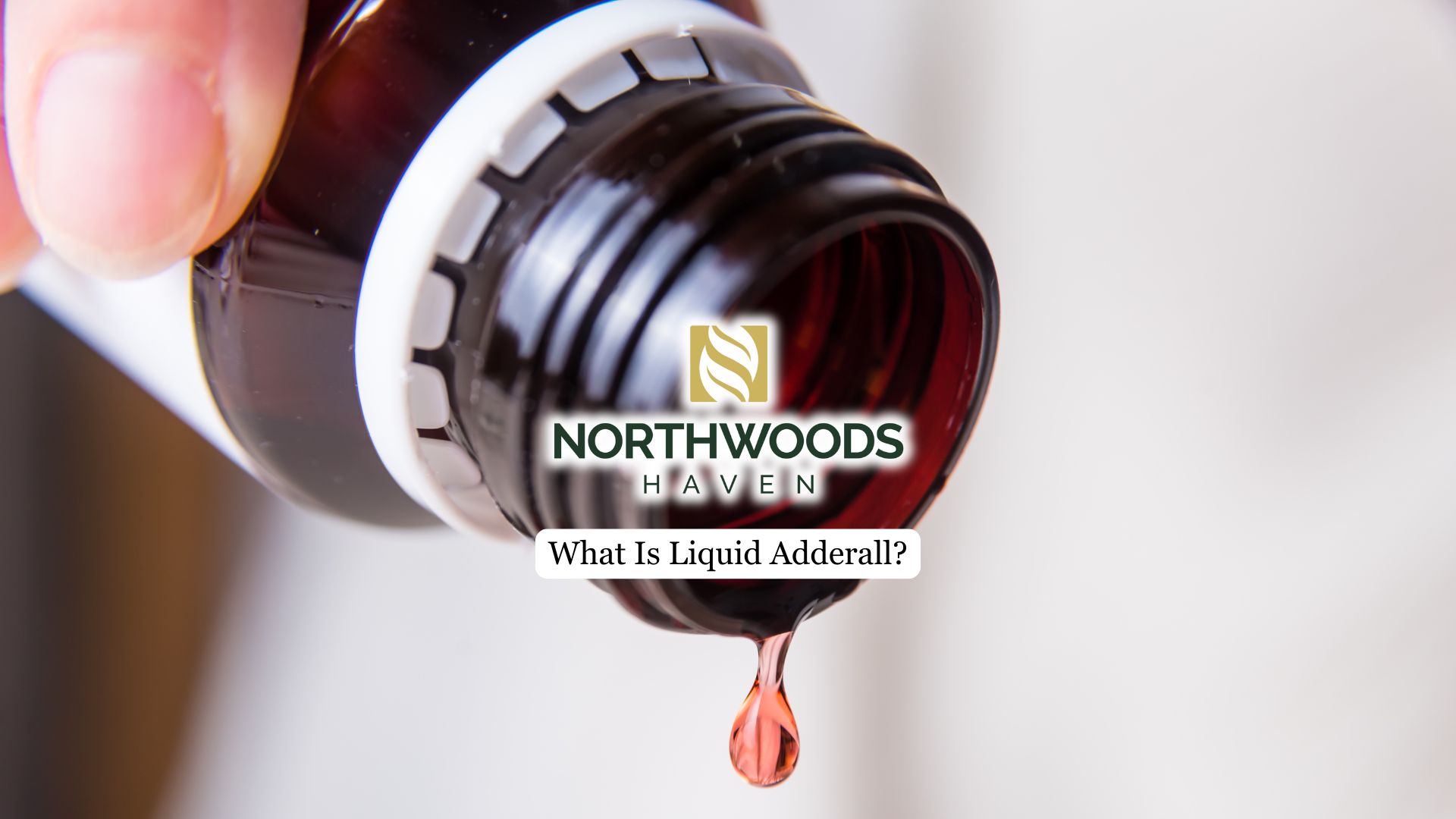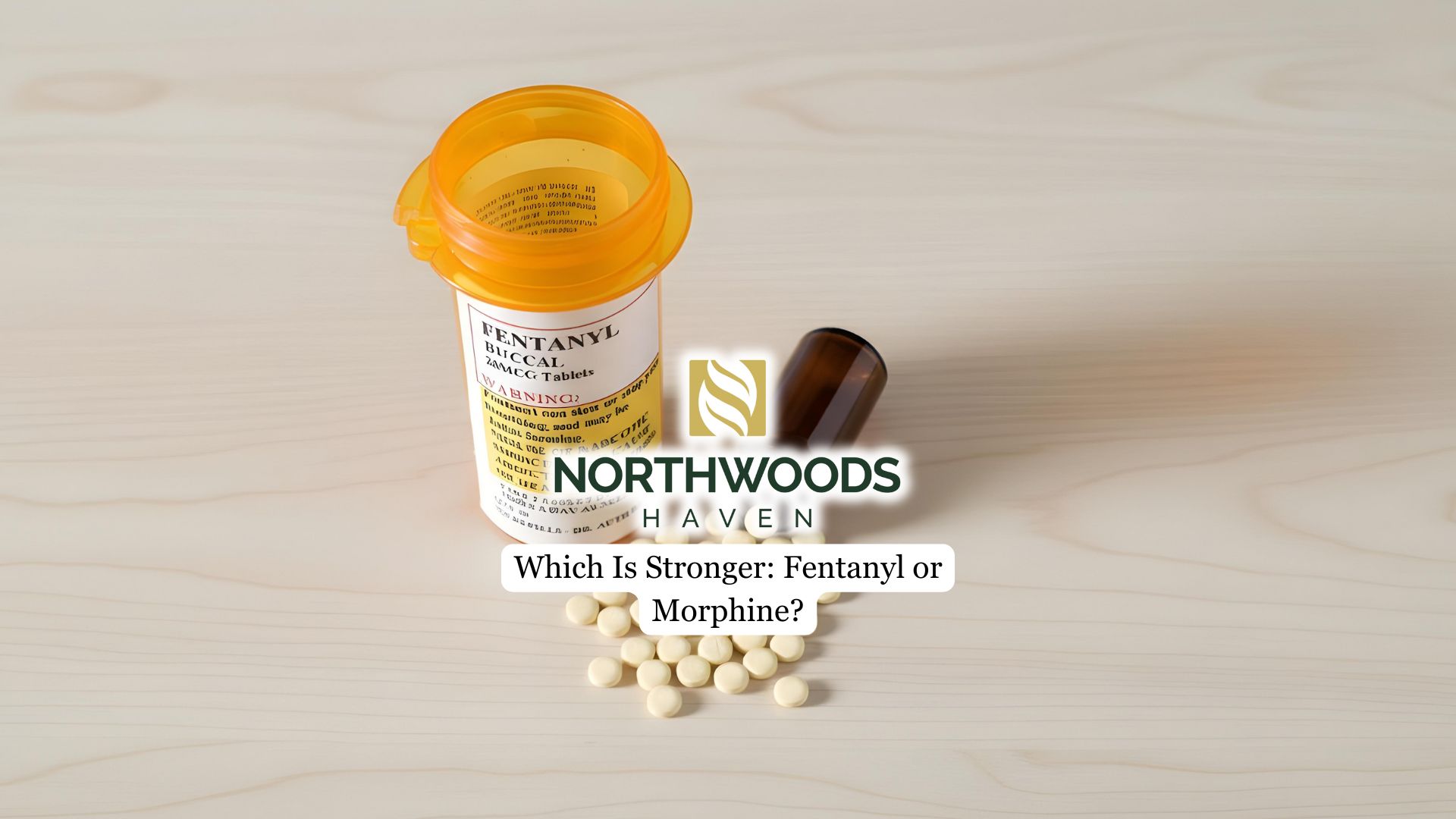Liquid Adderall is an oral suspension formulation of amphetamine salts, commonly prescribed for the treatment of attention-deficit/hyperactivity disorder (ADHD) and narcolepsy. This alternative to tablet or capsule forms is particularly useful for individuals who have difficulty swallowing pills or require precise dose adjustments.
This article will delve deeper on what Liquid Adderall is, its characteristics, benefits, considerations, so patients and caregivers alike can make informed decisions about ADHD management.
Understanding Liquid Adderall
Liquid Adderall contains the same active ingredients as traditional Adderall tablets: a mixture of amphetamine salts that act as central nervous system stimulants.
The oral suspension allows for flexible dosing, which can be especially beneficial for pediatric patients, older adults, or anyone needing titration beyond the fixed doses available in tablet form. Compounded liquid formulations are often prepared in pharmacies by triturating Adderall tablets and mixing them with vehicles such as Ora-Plus and Ora-Sweet to create a stable, palatable suspension.
Proper storage is essential for maintaining the medication’s effectiveness. The liquid should be kept in a tightly sealed, light-resistant container and refrigerated. Most compounded liquid Adderall preparations have a beyond-use date of 14 to 30 days, after which they should be discarded to ensure safety and potency.
Because of its high potential for misuse and addiction, liquid Adderall should only be used under medical supervision to ensure safe dosing and monitor for side effects.
That’s why our Minnesota outpatient rehab facility offers specialized prescription pill addiction treatment — helping individuals build resilience, restore confidence, and achieve long-term recovery.
How Liquid Adderall Works
Like its tablet counterpart, liquid Adderall functions by increasing the levels of norepinephrine Liquid Adderall functions by increasing the activity of specific neurotransmitters in the brain: norepinephrine and dopamine.
These neurotransmitters play key roles in regulating attention, focus, and impulse control. By boosting their levels, Adderall helps to alleviate the core symptoms of ADHD, such as inattentiveness, hyperactivity, and impulsivity.
The mechanism involves interactions with human trace amine-associated receptor 1 (hTAAR1) and vesicular monoamine transporter 2 (VMAT2 in neurons, which facilitate the release and inhibit the reuptake of dopamine and norepinephrine.
The liquid formulation delivers these active ingredients to the body, producing the same therapeutic effects as the tablet form but offering enhanced flexibility in dosage administration.
As a central nervous system stimulant, Adderall carries a risk of misuse and dependence, especially at higher doses. Consequently, close monitoring by a healthcare provider is essential to ensure patient safety and to mitigate the potential for adverse effects or addiction.
Considerations and Side Effects
Common side effects include decreased appetite, insomnia, dry mouth, and irritability. More serious adverse effects, such as elevated blood pressure and heart rate, require regular monitoring, particularly in individuals with pre-existing cardiovascular conditions. Children taking stimulant medications should have their growth monitored regularly, as slowed growth has been reported in some cases.
The risk of misuse and dependence is a significant consideration, given Adderall’s stimulant properties. Liquid formulations may pose an increased risk of dosing errors or intentional misuse if not properly supervised. Adherence to prescribed dosing and regular follow-up with a healthcare provider are essential to ensure safe use.

Comparing Liquid Adderall vs. Traditional Tablets
The primary distinction between liquid Adderall and traditional tablets lies in their dosing flexibility and administration method. Liquid Adderall enables highly customizable dosing, which is advantageous for patients unable to swallow pills or those requiring very specific dose adjustments not available in fixed tablet strengths. Precise measurement tools like syringes or measuring cups can ensure accurate delivery of the prescribed amount.
However, traditional tablets, particularly extended-release (XR) forms, offer once-daily dosing with a gradual release of medication, which can lead to more stable drug levels throughout the day . Immediate-release (IR) tablets provide a quicker onset of action. While the core therapeutic effects are consistent across formulations, the onset and duration of effects may vary slightly between the liquid and tablet forms due to differences in absorption and metabolism.
Liquid formulations, despite their benefits, may pose a higher theoretical risk of misuse due to the ease of adjusting dosage outside of medical supervision, although both forms carry misuse potential. Storage requirements also differ, with liquid forms generally needing refrigeration and having a shorter shelf life compared to stable tablets.
The choice between liquid and tablet formulations should always be made in consultation with a healthcare professional, considering individual patient needs, lifestyle, and potential risks.
Final Thoughts from Northwoods Haven Recovery
Managing ADHD—especially when stimulants like liquid Adderall are involved—requires more than just a prescription. While liquid Adderall can offer flexibility and effective symptom relief, it also carries the potential for misuse if not carefully monitored.
Our Minneapolis-based drug rehab programs at Northwoods Haven Recovery offer specialized stimulant addiction treatment as part of our comprehensive, whole-person care approach. Through evidence-based therapy, medication management, and personalized treatment plans, we help individuals safely recover, build resilience, and regain lasting control over their lives.



